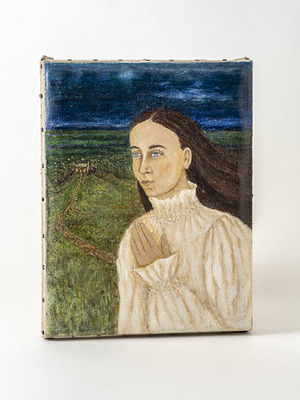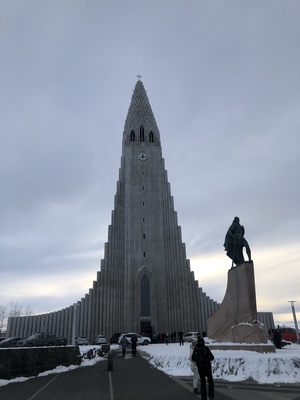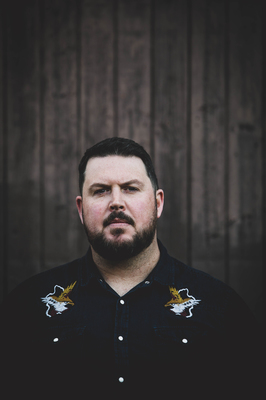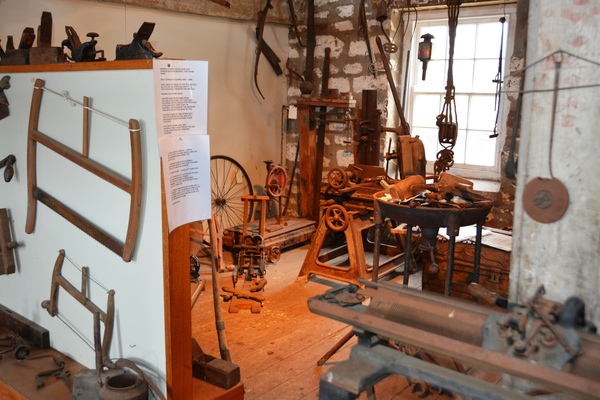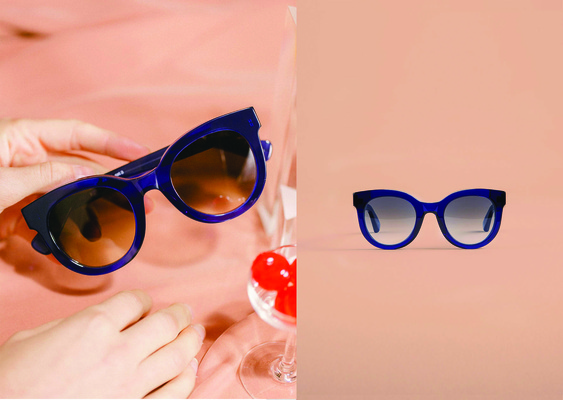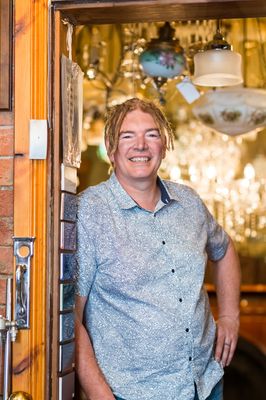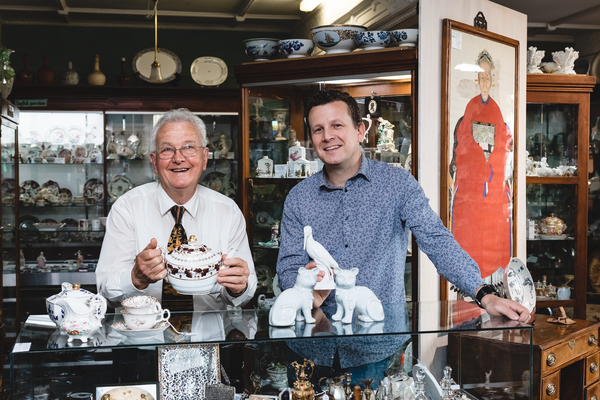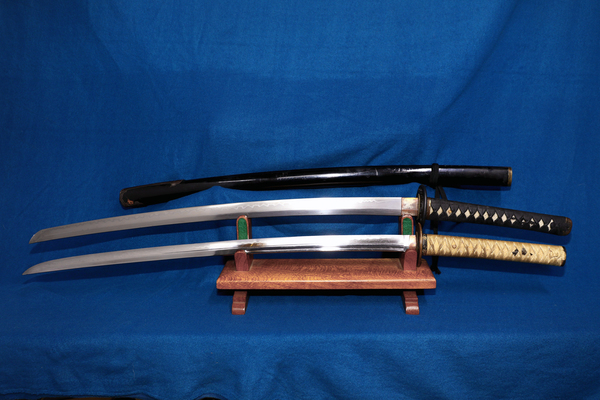Mosaics and paint are more than mediums to Helen Millar, they’re separate “worlds”. LUKE VOOGT speaks to the Highton artist about her creative passions; one public, the other private.
Helen Millar’s “two worlds” of art have one important thing in common.
Whether she is teaching locals to create colourful mosaics or taking her own personal journey among women of yesteryear – her work is all about reincarnation.
“In both roles I really enjoy working with re-purposed materials,” she tells Geelong Coast Magazine.
Helen, a former secondary arts teacher, and her husband turned their carport into an arts studio at their Highton home when they had twins almost 20 years ago.
“Our cars didn’t have a home but I had a sanctuary,” she says.
“I could begin to have workshops at home.”
From fine china and vintage tiles, to wire and beer bottles, Helen brings it back to life in her passion for mosaics.
“It’s usually someone who has come to me – a family member or a friend,” she says.
“They’ll say, ‘oh, I broke a beautiful plate, can you re-use it?’ I say ‘yes, I can reincarnate that in class’.
“I like to use all sorts of things. Even really humble things like beer bottle glass.”
Recently she spotted a neighbour “throwing away their beautiful 1980s bath tiles in a skip”.
So she asked the neighbour if she could have the tiles and added them to her stash.
“I’ve built up quite a collection now,” she says.
“More and more I use completely re-purposed materials from op shops and donations.”
About 15 years ago she received a government grant to run mosaic classes and she has since taught children, the vision-impaired and dozens of other aspiring artists.
“I love the idea that the workshops are just so accessible,” she says.
“It can be very addictive. Once they get the addiction they make lots of mosaics and fill their gardens.”
“People can come up with some really surprising mosaics. There’s a real randomness about it.”
Students can come away “with a bird on a stick” in a few hours in her classes at Geelong West Community Garden, Helen says.
“Anyone can do it. People just love coming to that garden, it’s such a beautiful place to work. I now consider myself a friend of the garden.”Her three pet chooks inspired the student-favourite piece, she says.
Helen also uses everything from discarded fish tins to woollen blankets in her “private world of painting”, she says.
She explores the lives of women who influenced Geelong in the 1800s, like Anne Drysdale and Caroline Newcomb.
“I tell little stories about women and children, real and imagined,” she says.
“My picture stories have connections with tales I grew up with, to places I have visited and in researching interesting women whose stories have piqued my interest.”
She recently put on an exhibition titled herSTORY at Perth Gallery, featuring small paintings and embroidery.
“Both my art forms are really about the place where I enjoy living and working,” she says.


